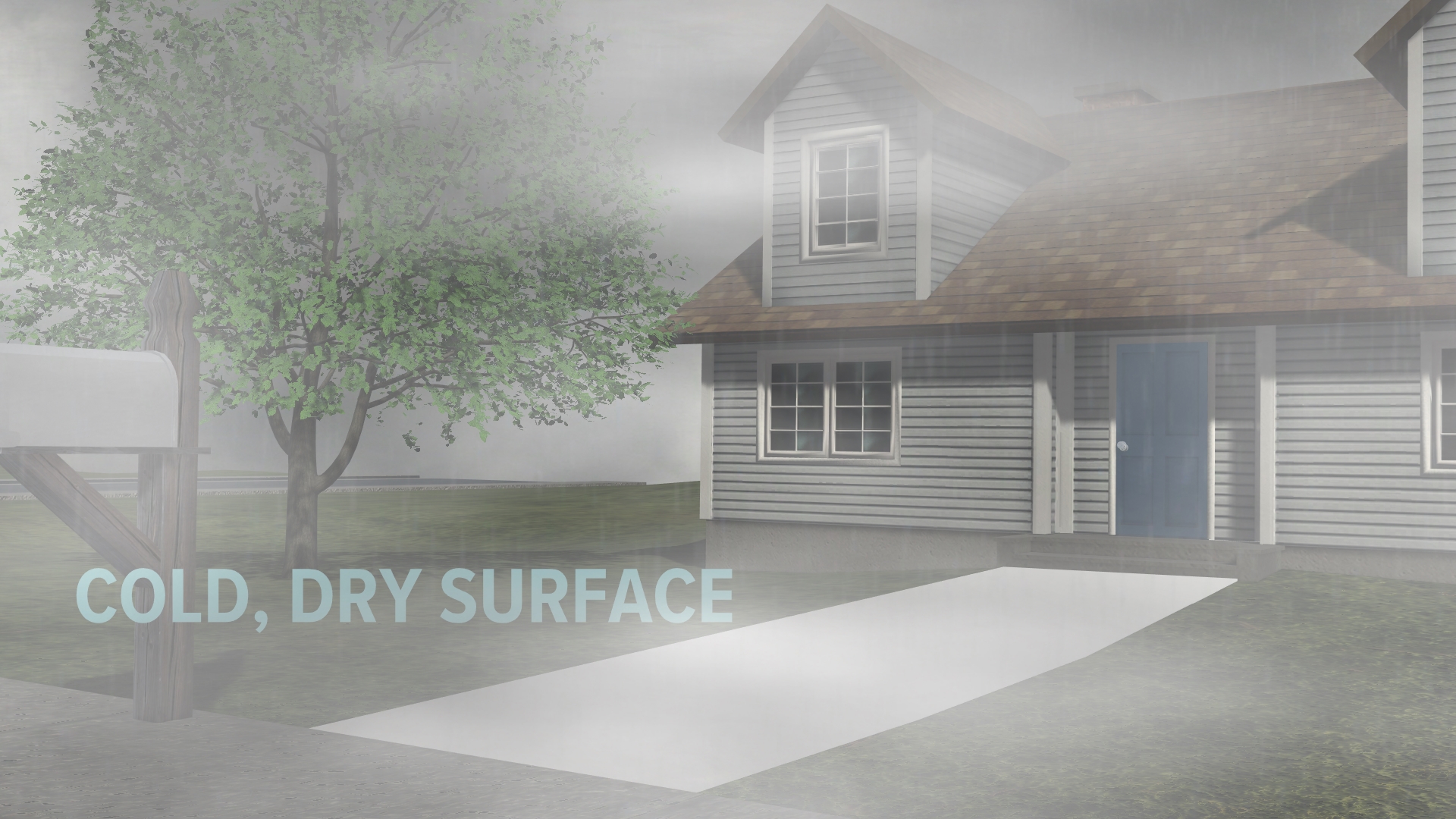MACON, Ga. — It has been a stretch of nothing but clouds and drizzle here in central Georgia for a few days, and we have also started off a lot of mornings lately with some fog.
Let's break down the types of fog and the reasons that they form.
How fog is formed actually has a lot to do with a map that you see us use a lot, the dewpoint map.
Fog occurs when the temperature at the surface matches up with the dewpoint value.
What this means is the air near the surface is saturated, and it can condense to form fog.
Now there are actually several types of fog, 8 to be specific.
But here in central Georgia, we most commonly see three main types: radiation, precipitation, and advection fog.
Radiation fog occurs at night when the ground simply cools off enough to reach the dewpoint. For this to happen, the winds need to be calm, and it can help when there has been rain the previous night.
The next type that we can see commonly is precipitation fog.
This occurs when there is rain falling on cold dry air at the surface, and the rain evaporating causes the dewpoints to rise and fog is able to form.
And finally, we have advection fog which as opposed to radiation fog can only occur with windy conditions.
This type forms when a warm wind blows over a cold moist surface, and the contact between the two causes the dewpoint to rise and forms fog.
So the next time you are driving through some fog maybe you can impress the other passengers in your car by telling them some of your newfound fog knowledge.

